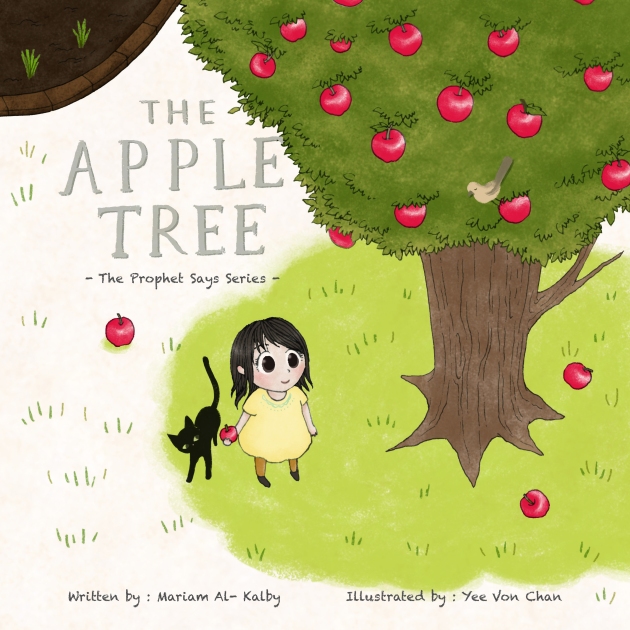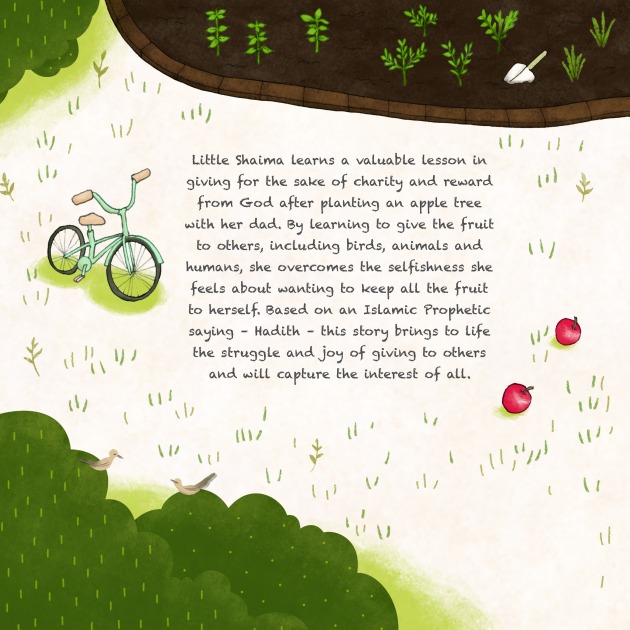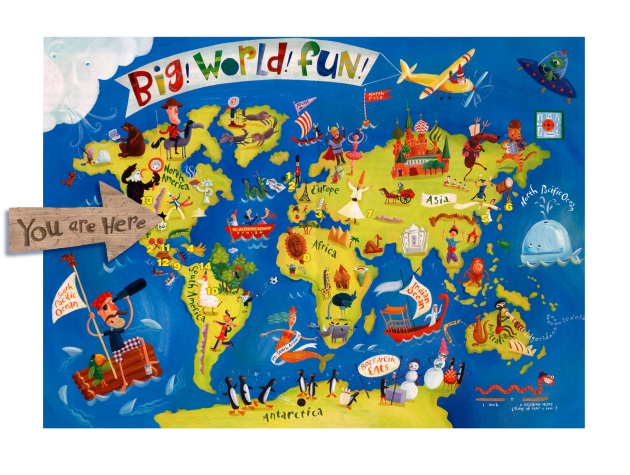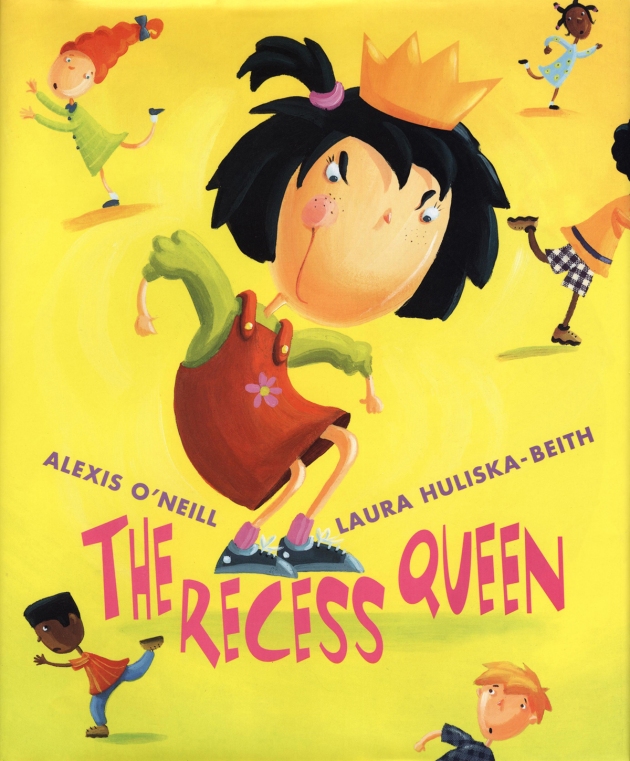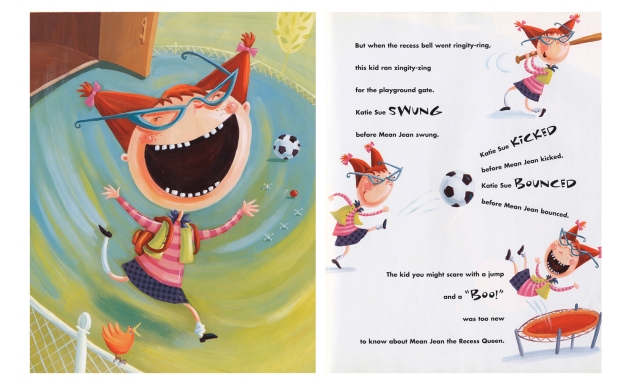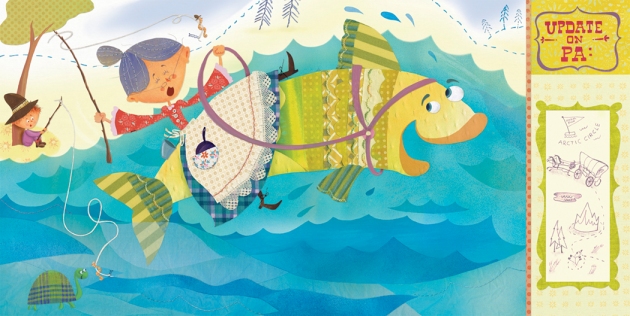Today I have invited David to discuss with us how to put our brain in the mode for taking pictures and how to be creative with them. As you’ll see, David is talented and please make sure to visit his wonderful links! Welcome David!
Improving Your Photographic Eye and Creativity

A Splash of Light by David Pasillas
A few years ago I decided I wanted to take photography seriously and get good enough to shoot weddings and sell landscapes. The tips in this post are some of the things that I believe helped me go form snapshots to art you want on your wall.
First things first, you have to want it badly enough. Carry your camera at all times and take pictures everyday if you can. A 365 project can be a great way to push yourself. I have to admit it’s not for everyone. I only made it to day 32 (or somewhere around there) on my first attempt. There are days when you just don’t feel creative and its hard to force yourself to shoot. Its ok to miss a day, but get back to shooting ASAP.

Lowell Covered Bridge by David Pasillas
Next, you’ll need to share those photos online somewhere. Flickr is a nice little community for hobbyists and semi pro’s. You can expect the majority of the feedback to be encouraging, but lacking in constructive criticism unless you ask for it.
Take time everyday to look at amazing photographs. Heres the trick though, take time to really look at the images and think about what it is you like about them. Ask yourself what settings the photographer may have used or how they might have edited it. I have a few suggestions for people to follow on wordpress (see the links below.) I also highly recommend 500px.com. The quality of the popular images posted there are unmatched by any other photo sharing site. The good thing about 500px is you can usually see what the camera settings were on the images posted.

Glosoli by David Pasillas
To me, one of the most important things to master in photography is composition. It’s so easy to learn if you have an iPhone. All you have to do is turn on your rule of thirds grid and use it to compose your images so the horizon is on either horizontal line and the points of interest are at the points where the grid lines intersect. The more you use this, the easier it will be for you to compose images with your DSLR.
Take mental notes and mental photographs. I’m always paying attention to the light no matter where I am. If I see something I like, I remember what time of day it is and what the light was like. The more you pay attention to the light, the better you’ll get at anticipating what it will look like at different times of the day. Taking mental photographs is a great way to improve your photographic eye. While looking at a scene, think about how you would compose it, what angle you might shoot it from, what time of day, and so on.

Remember how I said you should take pictures everyday? Seriously, take pictures everyday. Shoot a lot. When you feel like you’ve taken a lot of pictures, take some more. Try different apertures, shutter speeds, and perspectives of the same scene.
This is one of the most important things to becoming a better photographer, become your own editor. I’m not talking about post processing. I’m talking about knowing which image(s) to share. Don’t show all of them off. Only show the one you want on the cover of a magazine. By learning to cull your unsuccessful images, you will improve your eye and the quality of your work shared.

African Daisy by David Pasillas
If you want to take your images to the professional level, you absolutely have to start shooting in RAW mode and learn to edit your images. Do you want the tiny processor in your camera editing for you, or do you want your beefy computer with lightroom or photoshop handling them? If your camera can do RAW+JPEG, start out with that while you get the hang of editing RAW files.
These are a few ways to improve your creativity:
• Play with children. They’re more creative than you by a longshot. Try to approach the world with a childlike wonder.
• Draw, paint, color, play an instrument. Look to other disciplines and experiment in combining concepts or styles.
• Study artists you admire.
• Take 500 pictures of a single object. Try making them different.
• Try different genres of photography.

Perfection by David Pasillas
Recommended photographers on WordPress
http://briangaynorphotography.com/
http://ahardyperspective.wordpress.com/
http://tracielouisephotography.net/
http://bjornsphoto.wordpress.com/
http://markroutt.wordpress.com/
To follow me:
http://www.facebook.com/DavidPasillasPhoto
http://iphonephotog.wordpress.com/
http://500px.com/DavidPasillas
http://www.flickr.com/photos/dpasillas/
http://pinterest.com/dpasillas/

